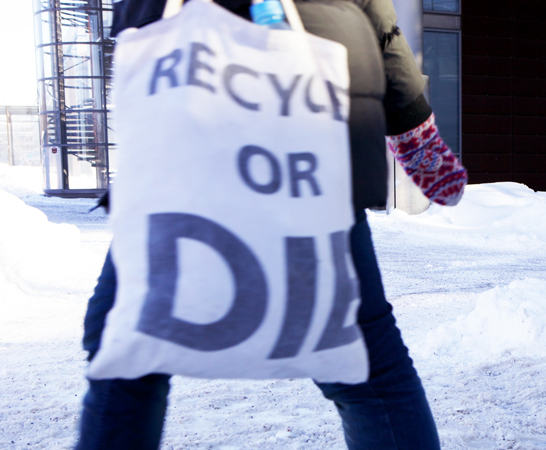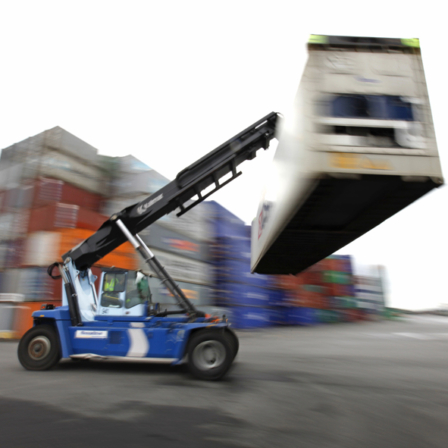A Finnish project for reusing and refining materials, while changing material flows and industrial processes, is following a British model.
You wonder why nobody thought of promoting and facilitating industrial symbiosis (IS) before. It’s a grand title with a simple meaning: the creation of business opportunities through the sharing of surplus resources, such as materials, heat, water and different kinds of other spare capacity.
That’s the definition provided by James Woodcock of the UK-based National Industrial Symbiosis Programme (NISP). As its International Coordinator, Woodcock has shared his expertise with Sitra in the launch of pilots in Finland to put IS into practice. The pilot workshops were held in March and April in the capital Helsinki and the central Finnish city of Jyväskylä. Finland is the first of the Nordic countries to follow the NISP model.
“Resources are limited,” says Woodcock. “We realise this more each day. We need to do more with less. IS enables people to do more with less as we start to move from a linear production cycle to a circular economy. The irony is that we have moved to a point where we use a lot of products once, so we need to be able to reuse the resources within those products again, either as a similar product or within a new product.”
Opportunities exist, he explains, where resources either pass through a transformation process or where they can be moved directly between two businesses operating in the same production cycle.
“We have various different types of synergies in our UK model,” explains Woodcock. “One example from the UK would be where we had a company manufacturing car air conditioning systems. The company was working towards zero waste to landfill but had an aluminium-bearing waste that they could not find a solution for. NISP connected the company with a second company that could extract the aluminium from the waste and then use it within their processes. This also cut the amount of ‘virgin’ aluminium used in their processes. Both companies benefited through cost savings.”
Finland well-placed
The triple benefits of IS – economic, social, and environmental – are recognised and established in the UK. The UK model, adaptable to other national circumstances, has attracted interest from China, Belgium, Brazil, South Africa and The Netherlands as well as from Finland.
“Finland has a good industry mix – and a good mix is essential for IS to work to its full potential,” says Woodcock. “While Finland does good things with waste resources, what is happening may not be the best for a particular resource. The main benefits for Finland would be an ability to identify the best options for resources and to create new business opportunities for its industry.”
According to Sitra’s Leading Specialist Jyri Arponen, Finland needs the kind of cooperation embodied by IS in order to understand more complex business models: “In addition to the resource efficiency achieved by IS, it’s important to understand that it is a tool for cross-sectoral cooperation and joint planning of future business and revenue models as part of a larger business ecosystem.”
Industry enthusiasm
Woodcock praises the cooperative spirit of Sitra and the other pilot partner, energy and material efficiency specialist Motiva. “They understand the concept, can see how it can have a positive impact in Finland and can see the potential for IS in the country. The process they are adopting – to first investigate the potential and methodologies at both national and local interaction level – is sensible and we can already see that the reception by regions and from industry is positive.
“Industry can really see the potential, and an enthusiastic industry is one of the key success parameters of the programme,” he concludes.
Motiva’s role is to look at ways of applying IS in Finland and to work with Sitra to draw up a national implementation model based on the regional experiences. Sitra estimates an annual financial boost to the Finnish economy of €40 million as the result of implementing IS in line with the UK model.
Tim Bird



Recommended